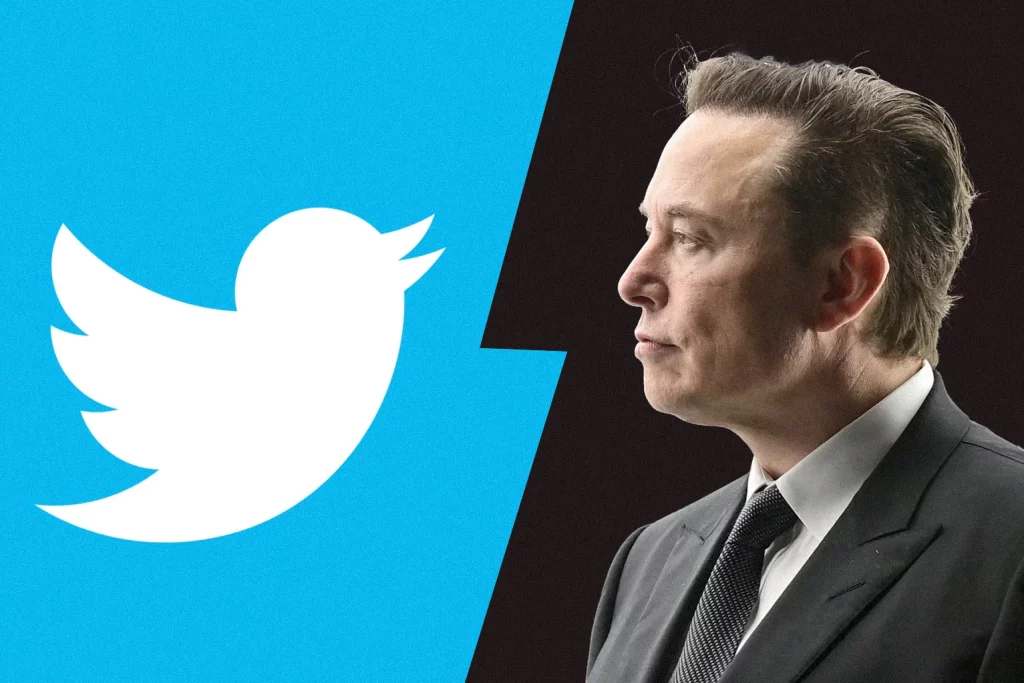As if Twitter rebranding itself wasn’t enough, the company has announced that it will soon limit the number of daily direct messages (DMs) for unverified accounts. This has sparked controversy among users yet again. The platform claims the decision is aimed at curbing the rising spam issue in DMs, but many see it as a means to passive-aggressively force users into subscribing to the Blue membership.
This move will either be a hook, line and sinker – or Twitter will soon revert this update
Introduced on July 14th, a new message setting was implemented by Twitter, segregating DMs from accounts users follow into their primary inbox and DMs from verified users they don’t follow into the message request inbox. This change resulted in a notable 70 per cent reduction in spam messages within a week. Prior to this, sending DMs to non-followers was limited to Blue subscribers only.

Critics argue that while the motive to reduce DM spam is understandable, the way Twitter has presented the update indicates a clear intention to encourage unverified users to opt for the paid Blue membership. The announcement explicitly urges users to “subscribe today to send more messages” and conveniently provides a link to the subscription page, fueling the perception of prioritizing profit over user satisfaction.
Interestingly, Twitter has been grappling with negative cash flow due to a substantial drop in advertising revenue, as highlighted by entrepreneur Elon Musk in a recent tweet. While subscription revenue might not entirely bridge this gap, it does offer an additional stream of income for the company.
Twitter’s push for more Blue memberships has raised concerns about inclusivity and accessibility for non-paying users. Striking a balance between financial viability and user experience is vital for the platform’s success as it navigates these changes.
While the move aims to tackle an ongoing issue, it also raises questions about the platform’s priorities and its potential impact on the user community. Achieving a balance between revenue generation and user satisfaction will be crucial as Twitter, or rather X, continues to evolve.
RELATED:
- Elon Musk to rebrand Twitter to X and get rid of the famous bird logo
- Twitter Notes is Making a Comeback as Twitter Articles, Elon Musk Reveals
- Best Feature Phones 2023
(Via)







